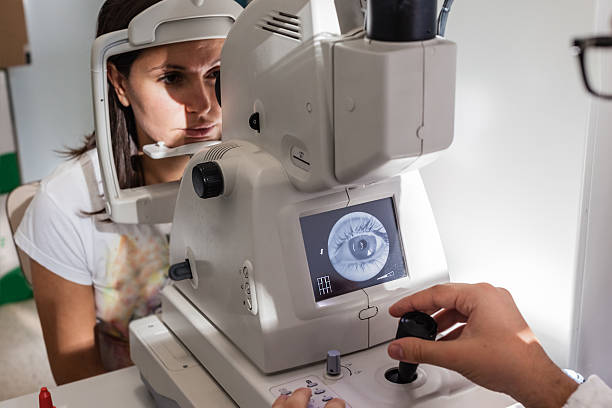Before purchasing equipment like cameras for your optometry practice, there are some must-knows to be aware of. Factors like portability should be factored into the equation. For example, you may want to decide between a tabletop model or a portable model, depending on the scope of your practice and associated programs.
How easy the camera is to use is another consideration, as this can impact the user-friendliness for both staff members and patients. Decide whether the learning curve is reasonable for both technicians and the patients as they go through their exam. Additionally, decide how critical it is that your vendor has comprehensive training and other avenues of technical support for your purchase.
You may need troubleshooting after purchase, which makes choosing the right vendors and support essential to your purchase. Below, we look at the basics to know before buying your camera for your practice. Read on to discover some details you need to know before buying a Fundus Camera for optometry practice.
Fundus Camera For Optometry Practice
Before purchasing this camera, it is important to factor in the main considerations impacting such a purchase. These factors include the image quality and field of view, as well as user-friendliness and integration capacity. This camera captures images of the optic nerve head, the retina, and other critical components of the eye. Consider the following before purchasing your Fundus Camera for Optometry Practice.
Ease Of Use
Firstly, ease of use is an essential factor to prioritize, as this is what may allow the patient’s experience to be positive and establish a seamless process while using the camera. Before buying your Fundus Camera for Optometry Practice, decide whether the vendor can offer the training, troubleshooting, and technical support you may need to ensure that ease of use continues as you adjust to your new purchase.
Image Quality Considerations
Image quality considers how sharp the image is and the span of the field of view. If the field of view is wider, this allows for an easier detection of certain factors and makes it easier to visualize via the peripheral retina. Mydriatic cameras provide more detailed images via pupil dilation, but this can lead to patient discomfort. How sharp the field of view is and how detailed the image can become are some of the main aspects to consider before purchasing a Fundus Camera for Optometry Practice.
Easy Integration Capacity
Ideally, your Fundus Camera for Optometry Practice should seamlessly integrate into the EHR system you already have and related software. Make sure to future-proof before making your final purchase. Inquire as to whether this advanced camera will integrate with AI for evolved diagnostics down the road.
Prioritizing The Essentials For Optometric Photography
By opting for image quality, easy integration, and future-proofing, you’re on track to learning all you need to know before buying your Fundus Camera for Optometry Practice. Use the above information as a general guide, and do your own research to learn more about the camera and its role in optometry.





























